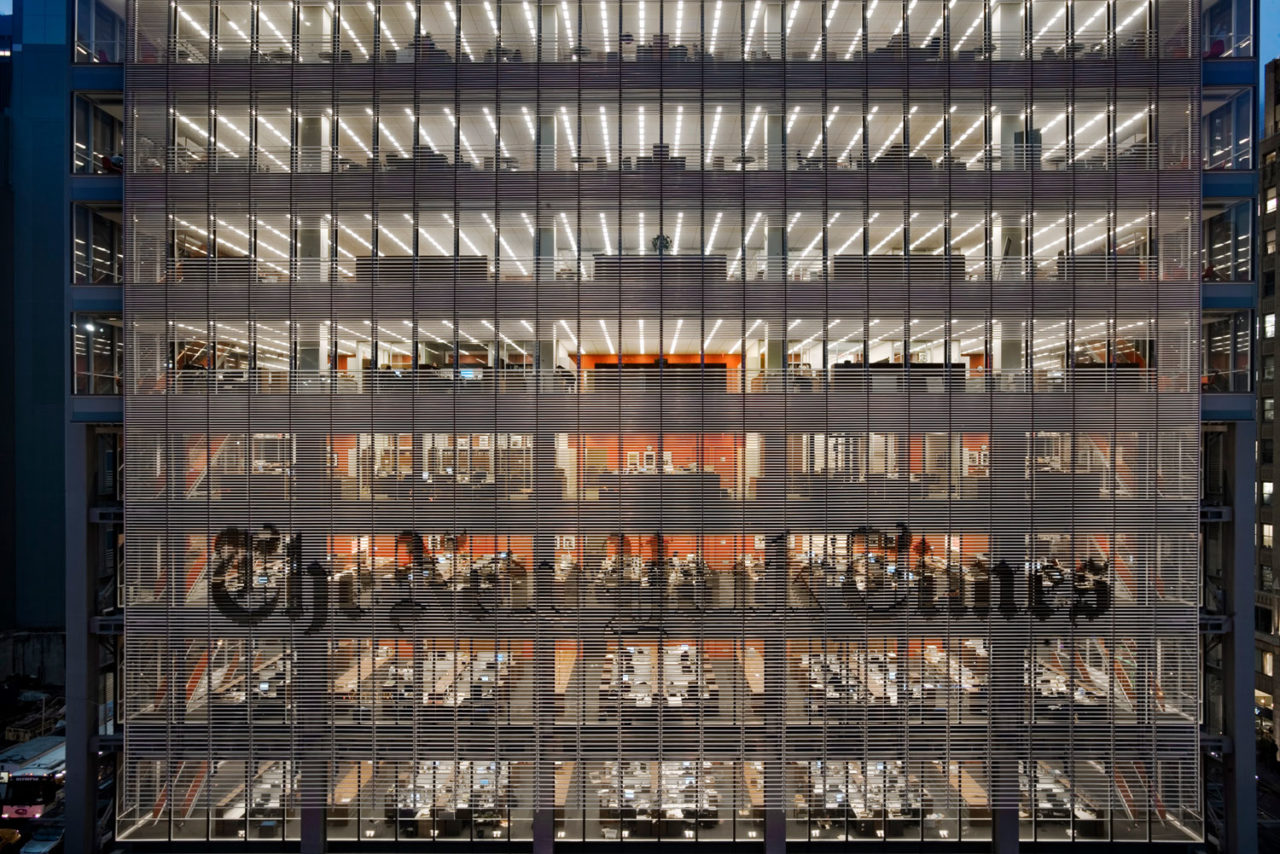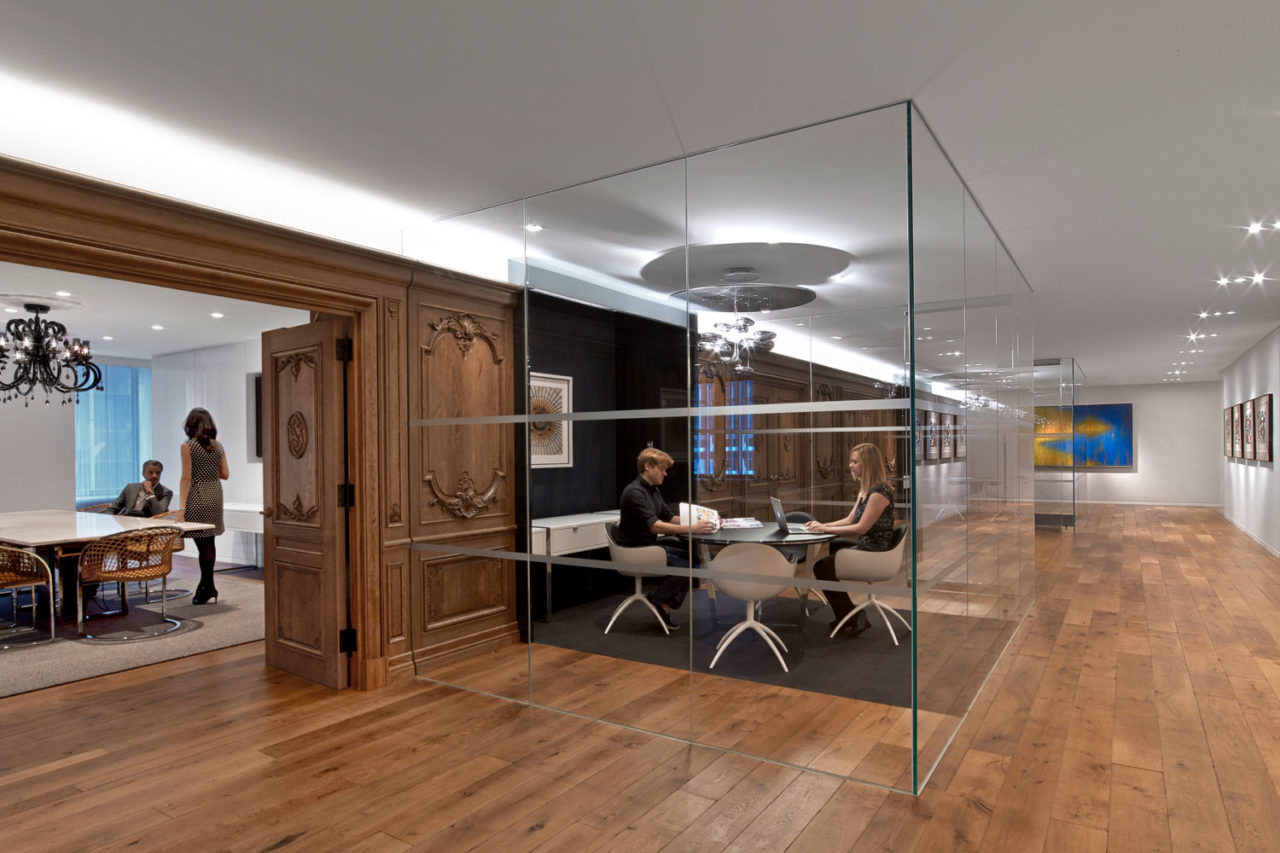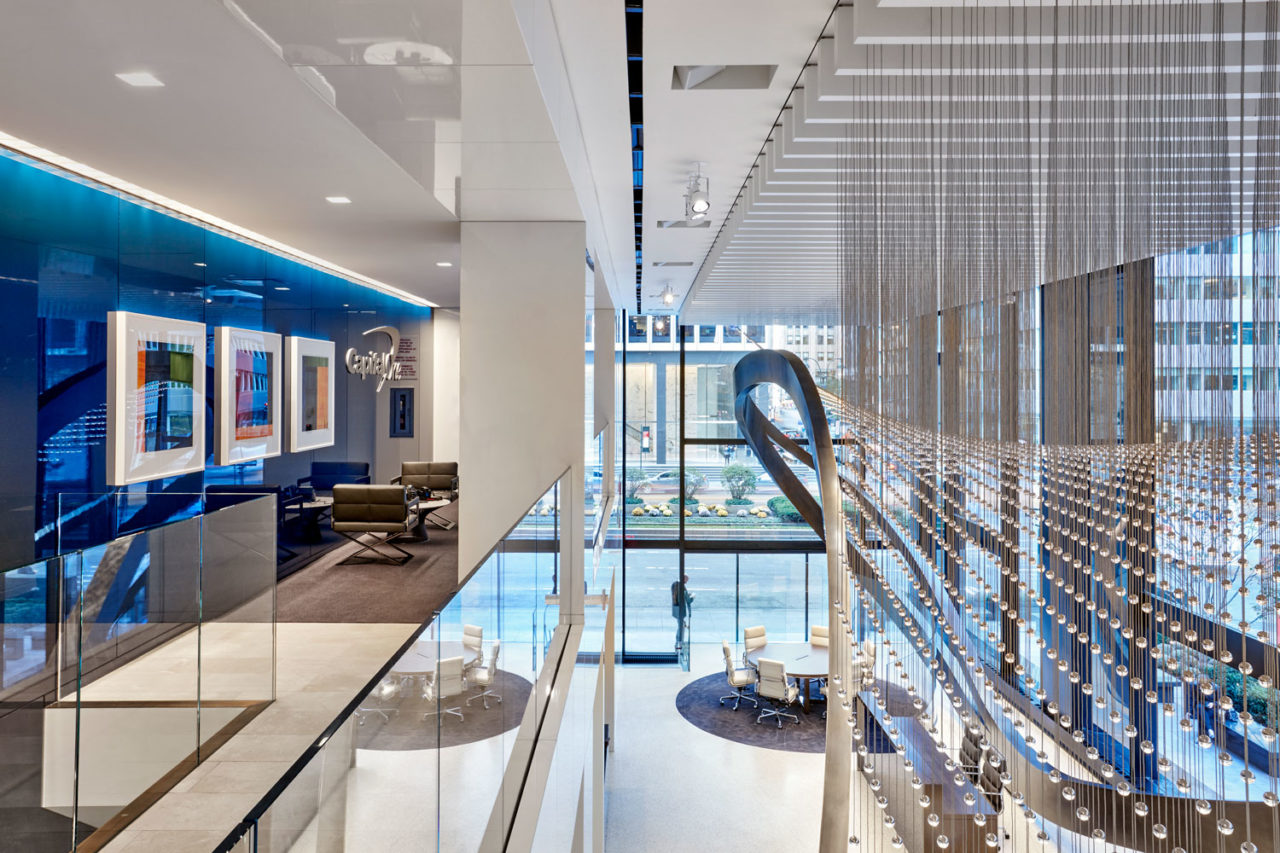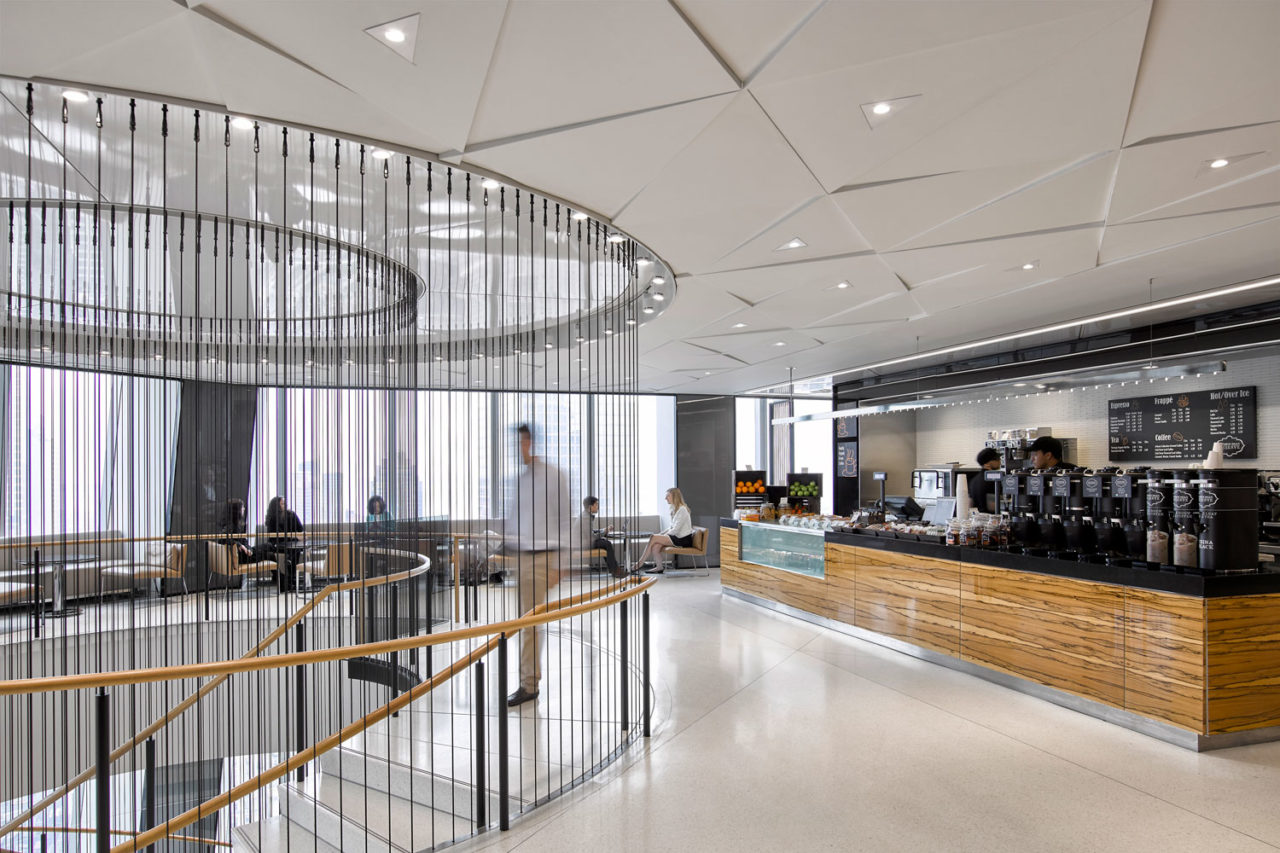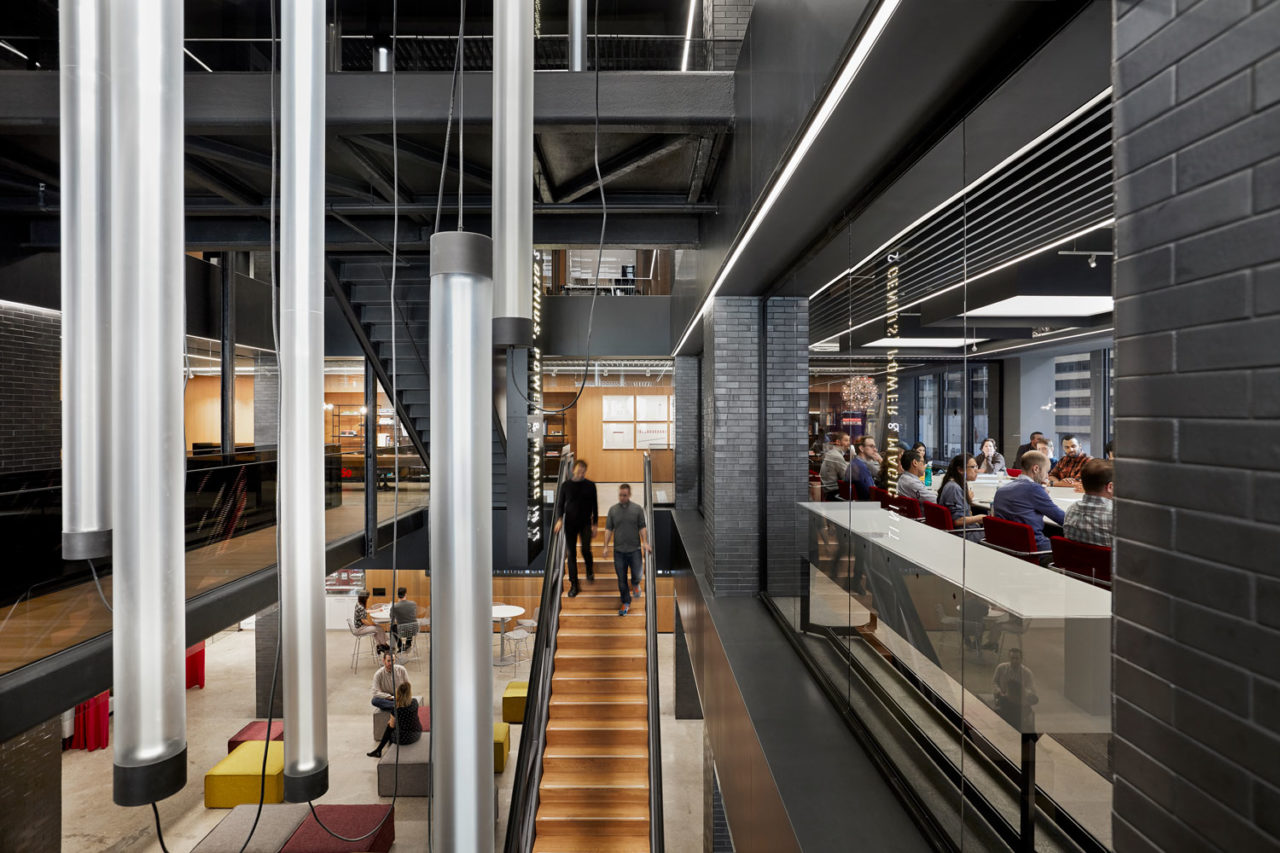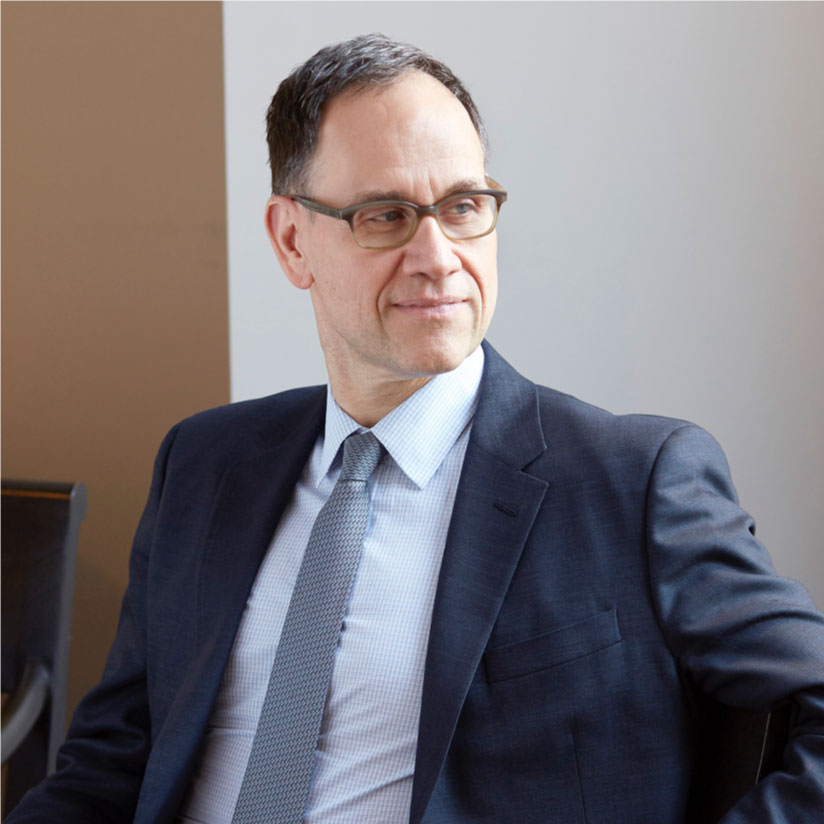by: AIA New York
Rocco Giannetti, FAIA, NCARB, LEED AP, Principal and Co-Managing Director of Gensler New York, has spearheaded the transformation of the workplace, integrating wellness, productivity, and sustainability. His precedent-setting work consistently promotes the value of design excellence and advances the importance of interior architecture.
As a former chair of the AIANY Interiors Committee and a leader in his practice, Giannetti has promoted the value and stature of interior architecture within the profession. He was a key collaborator on the NYC Green Building Code, promoting environmental design into standard practice. He has shared his original approach to workplace design through speaking engagements, publications, and widely recognized projects whose innovative designs have become “best practices” used throughout the profession.
This year, the Jury of Fellows of the AIA elevated Giannetti to its prestigious College of Fellows in the second category of Fellowship, which recognizes architects who have worked “To advance the science and art of planning and building by advancing the standards of architectural education, training, and practice,” according to the organizations’s definition. Now among the AIA membership’s three percent distinguished with Fellowship and honorary Fellowship, Giannetti was recognized at the New Fellows Reception hosted by AIA New York and was honored further last month at an investiture ceremony at the AIA Conference on Architecture in New York City.
Q: What is your proudest achievement, as an architect, or your favorite project you’ve worked on?
A: The 2007 New York Times headquarters always stands out as a formidable achievement. Not only because of the outcome (which was truly groundbreaking at the time), but because the client encouraged the level of research and development into new products and systems that went into the design. Aside from the strong relationship this process fostered between us and the client, the project was also notable because it was a collaboration among a team of world class architects and experts. There were many bright talents who contributed to this project and it was very rewarding to share the success with one another.
Q: What is your earliest memory of experiencing architecture?
A: I grew up not too far from New York City and remember being in awe of the skyline. Whenever I would travel into New York in the 1970s and 80s, the dynamic of the city was so exciting, and I always felt a connection to more public spheres. Later in architecture school at Pratt in Brooklyn, I spent a semester abroad in Copenhagen. That early exposure to two of the world’s great and very different cities still influences both my design sensibilities and attitude towards community.
Q: What is influencing your work the most right now?
A: Technology. It is ever accelerating and it has already transformed the way we live, work, and play. We’ve seen the impact of technology on many cutting edge projects, but now technology is challenging us to re-think not just the possibilities of design but also the process. Today we are at the edge of a major shift in how architecture and space is both created and built. This poses many questions about the value of our craft and the contribution of human designers. My belief is that architects will lead the conversation and bring even greater value and influence to this new design ecosystem. Architects will not only shape space but also the technology used to create it.
Q: What are you working on right now, or what is your next big project?
A: For the past several years I have been working on Citigroup’s headquarters to transform over two million square feet of space and create a new way of working. It’s unconventional TriBeCa location influenced the design, leading to an especially progressive workplace. It’s also a major accomplishment to make such significant modifications while they continue to occupy and operate their business in the space. We are very excited to see the results unfold as the project is set to be completed in 2019.
Q: What does being a Fellow mean to you?
A: I have always valued the importance of community and strive to have a positive impact on the greater good. Fellowship acknowledges both my personal journey as an architect, as well as the elevation of workplace design among my peers. This recognition inspires me to continue to mentor other architects, collaborate closely with and learn from my colleagues, and drive design excellence further.
Editors’ Note: This feature is part of a series celebrating the 28 members of the American Institute of Architects (AIA) New York Chapter that have been elevated to the AIA College of Fellows in 2018, an honor awarded to members who have made significant contributions to both the profession and society. Learn more about Fellowship here.








